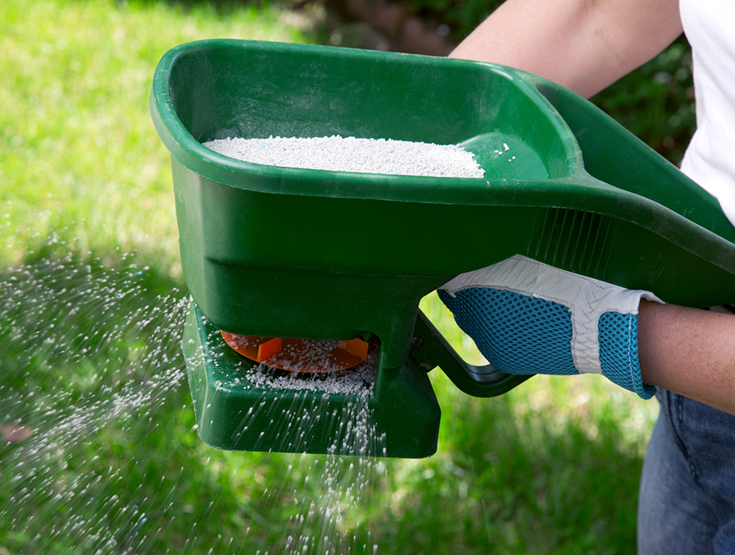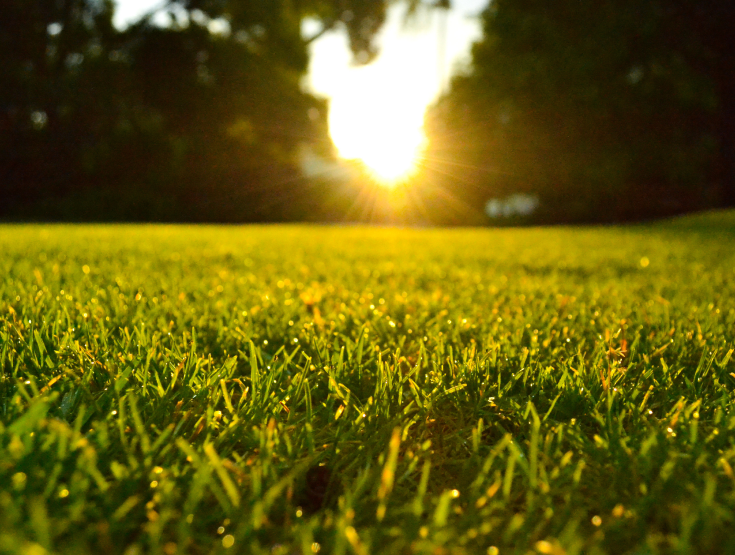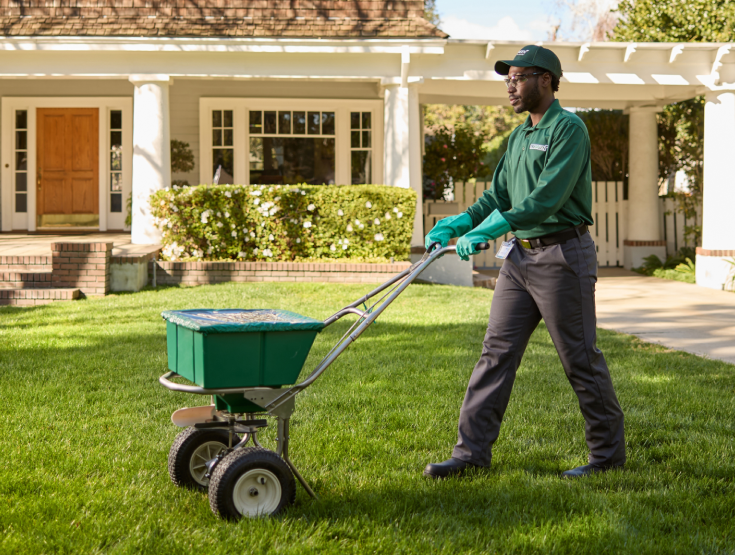Fertilizing your lawn during the summer can make a big difference in its health, but it’s important to do it the right way. Here’s a detailed, step-by-step guide to help you get the best results from a do-it-yourself approach:
1. Check the Forecast
Before you start, take a look at the weather forecast. It’s best to skip fertilizing if rain is expected soon. Heavy downpours can wash away the fertilizer, wasting your effort and potentially harming your lawn.
2. Mow First
Mowing before you fertilize is key. Cutting your grass helps ensure that the fertilizer can reach the soil more easily, allowing the nutrients to be absorbed effectively. Be sure to avoid cutting your grass too short, as this can stress the lawn.
3. Use the Right Spreader
Choosing the right spreader can make all the difference. For large yards, a broadcast spreader will cover the area quickly and evenly. For smaller or more intricate spaces, a drop spreader gives you more control and precision, helping to avoid uneven coverage.
4. Fertilize in the Morning or Late Evening
Timing is everything. Apply fertilizer in the morning, ideally when the grass is dry but the temperatures are still cool. This prevents the fertilizer from burning your grass and ensures it has time to soak into the soil before the midday sun heats up.
5. Water Deeply
After you’ve spread the fertilizer, give your lawn a deep watering. This helps push the nutrients down to the roots where they can be absorbed. Deep watering is especially important to avoid burning your grass and to ensure the fertilizer penetrates the soil effectively.
6. Stay Off the Grass
After fertilizing, avoid walking on your lawn for a day or two. This helps keep the fertilizer evenly distributed and prevents compacting the soil. Allow your lawn to fully absorb the nutrients undisturbed.


 Branch Finder
Branch Finder
















 Back to all blogs
Back to all blogs

Facebook
X
Youtube
Copy Link
Email